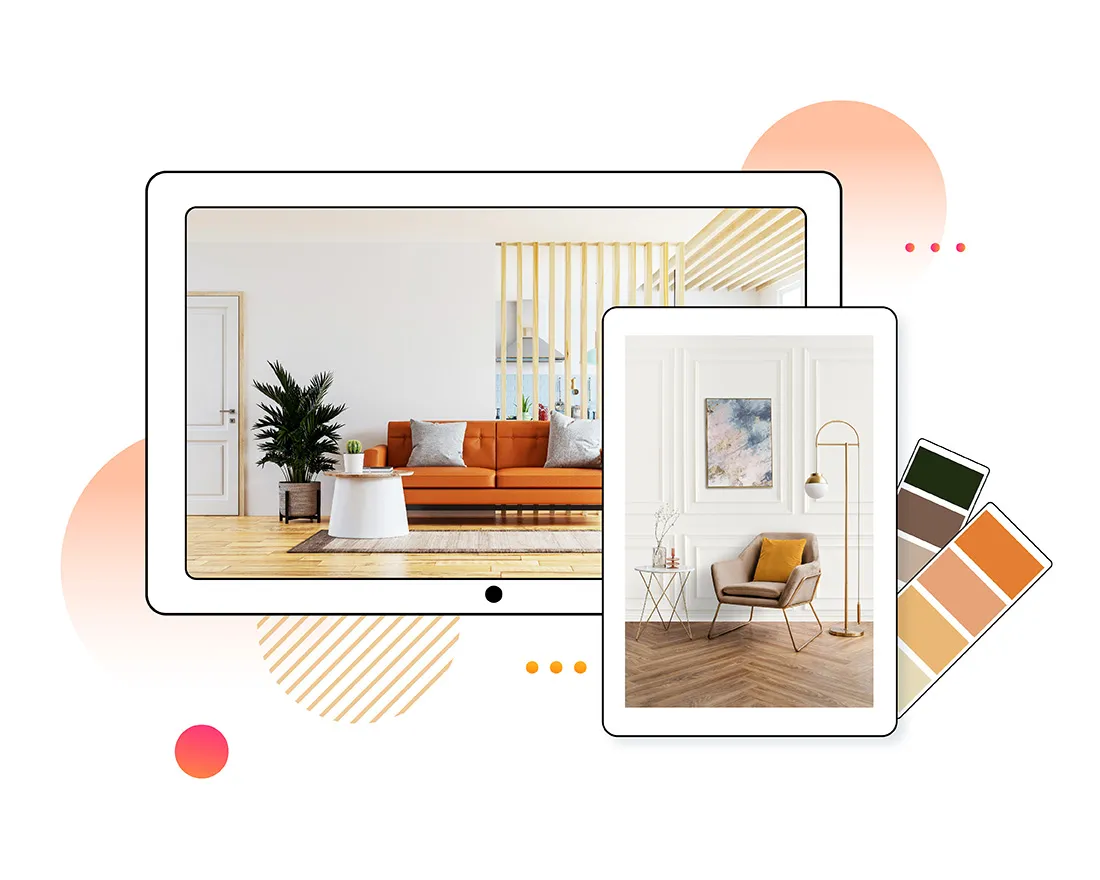
Colors are everywhere— in everything you do, and everything you see. Whether you realize it or not, colors can impact your decisions, mood, and reactions. Color psychology in its simplest form is the study of how colors affect human behavior. When color is transmitted from the eye to the brain, the brain discharges a hormone that impacts one’s emotions, mental clarity, and energy levels. Both negative and positive psychological effects of colors have been analyzed in humans based on the combinations in which they were presented with. Color psychology encompasses everything from business strategy to how you react to the stoplights on your drive home from work.
We’re visual learners, so colors pull a lot of weight in things like buying decisions, information retention, and brand loyalty. It impacts marketing strategies, product development, and even communications. Color impression alone is responsible for 60% of the acceptance or rejection of a product or brand. For example, ketchup in a yellow bottle might be off-putting to consumers. Similarly, choosing the right presentation color palette for your company pitch deck can make or break how your pitch is received by investors. Not to be dramatic, but color can be the difference between success and failure.
Just like color will influence how your website resonates with consumers, your presentation color scheme directly impacts the tone of your presentation. Here’s how:
Color evokes emotion
The biggest component of color psychology marketing is emotion. Different colors evoke different emotions and pull different reactions from people. How individuals perceive color can vary, but there are some basic color-emotion connections to keep in mind. Below are some attributes— both positive and negative— associated with primary colors that can sway people’s emotions.
Red
Positive aspects: Courage, excitement, leadership, love, confidence, strength, warmth, energy, willpower, stimulation, masculinity
Negative aspects: Defiance, aggression, danger, rage, malice, visual impact, strain
Blue
Positive aspects: Confidence, communication, trust, efficiency, serenity, duty, logic, coolness, reflection, calm
Negative aspects: Coldness, aloofness, lack of emotion, unfriendliness
Yellow
Positive aspects: Optimism, confidence, self-esteem, extraversion, emotional strength, friendliness, creativity
Negative aspects: Irrationality, fear, emotional fragility, depression, anxiety
Each color comes with its own set of pros and cons. One company might opt for calming and trustworthy blues, while the other uses a bold red to represent courage and a sense of urgency with their product or service. While you should choose the colors that best fit with your brand and overarching message, you should absolutely consider what emotions said colors might evoke from your audience, especially when using them in a presentation.
Color represents branding
Nearly 80% of brand recognition comes from color. Take Coca-Cola for example. When you see that iconic red can of soda you immediately know that it’s a Coke. Imagine if Coca-Cola rebranded to blue. Would you still recognize them in the vending machine, or would you mistake them for Pepsi (another distinct brand color)? Color is everything in branding. It creates awareness, and loyalty among consumers.
All that to say, we’d be willing to bet a lot of thought went into your company branding decisions. We’re talking fonts, logo design, and colors. Your branding is how you want to be perceived out in the wild. And believe it or not, presentations are an extension of your brand. As such, they should mirror all other branding efforts like marketing assets, sales collateral, and customer communications. The colors you use in your presentations should be very similar— if not the same— to the colors you would use in a marketing campaign or advertisement. Not only does this help your audience recognize your brand right out of the gate, it also shows that your brand is consistent which translates to reliability in the consumers’ eyes.
Color improves legibility (and retention)
Of course, there’s the most obvious way that color impacts your presentation: readability. The background and text colors you choose for your presentation directly affect how legible your slides are. Is your audience straining their eyes to read what’s on the screen, or is the message obvious and easy to see? By making your presentation more legible, you’re controlling the focus of your audience and improving chances of retention. If they can easily read, and digest, your content they’re a lot more likely to remember what they saw.
We recommend optimizing your slide design with a contrast between the background and text colors. You might choose a bold background, but that should be countered with a lighter, or softer, font color. The goal here is to make your key points pop.
Beautiful.ai’s presentation themes allow you to customize your slides so that the presentation color scheme compliments both your company and your story. Simply choose— or upload— your brand’s logo, font(s), and colors and set the theme to your presentation. From there, it will be automatically applied to each slide throughout the deck so you don’t have to worry about manually updating it as you go. Every slide will be consistent, and on brand, for a more cohesive experience.





.gif)
.gif)
